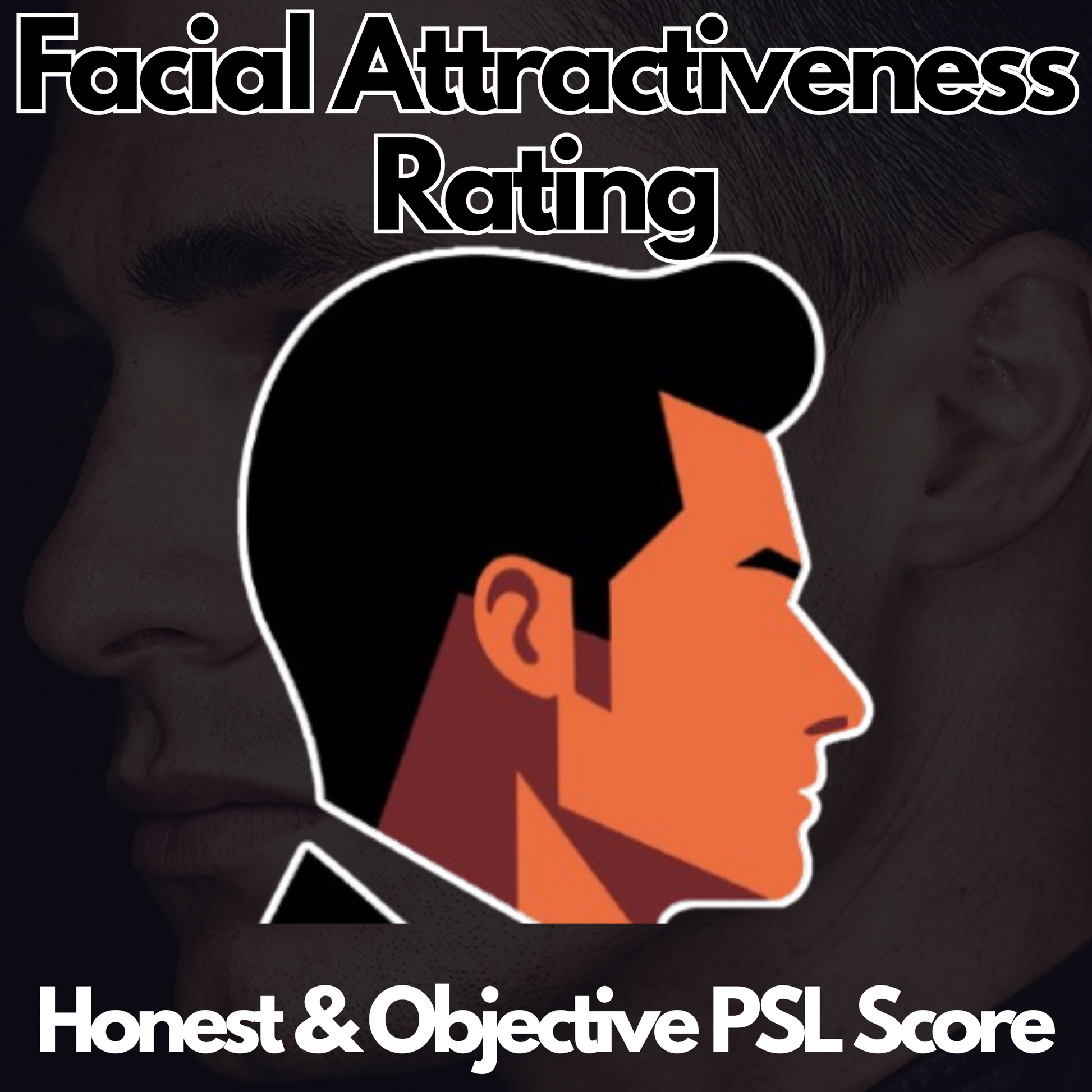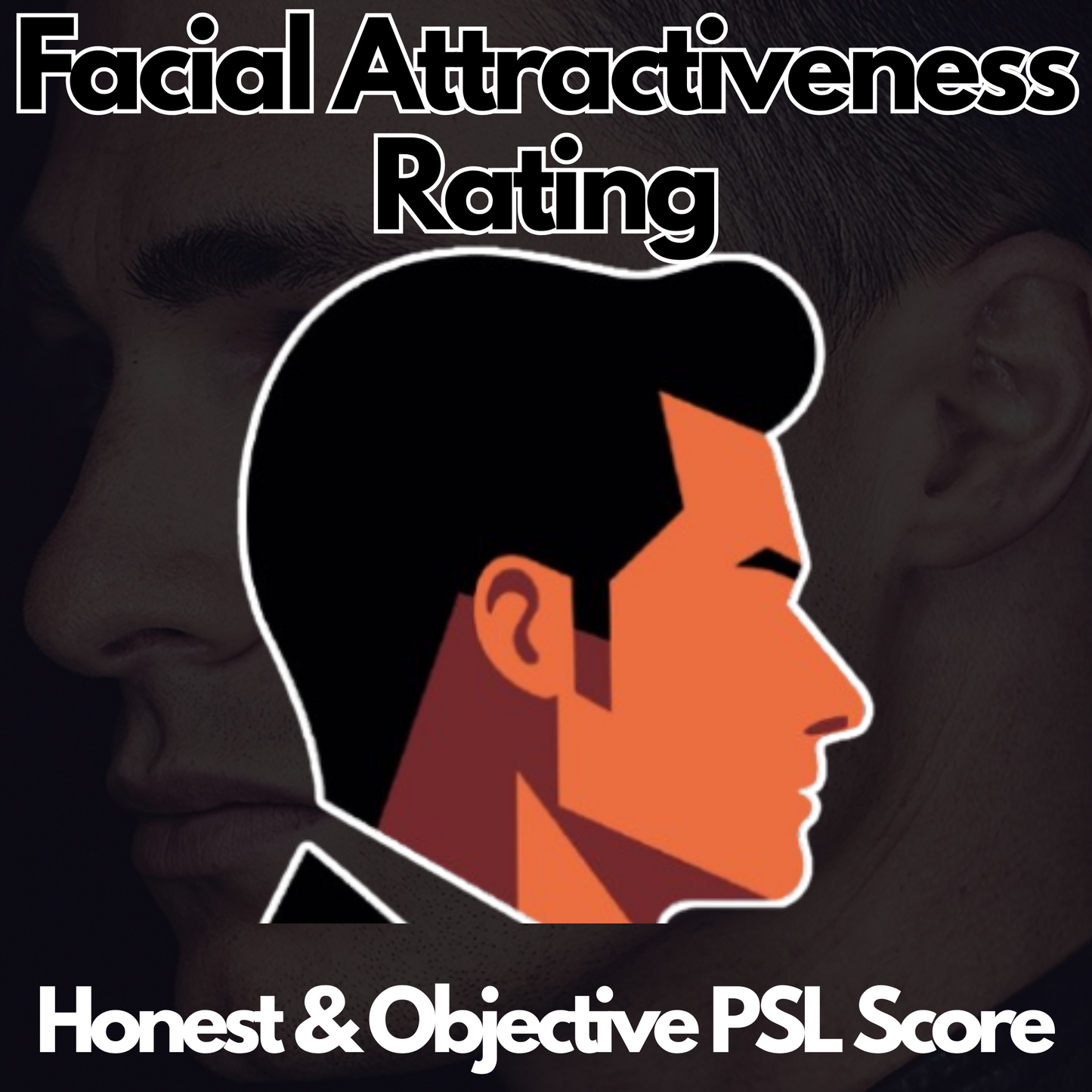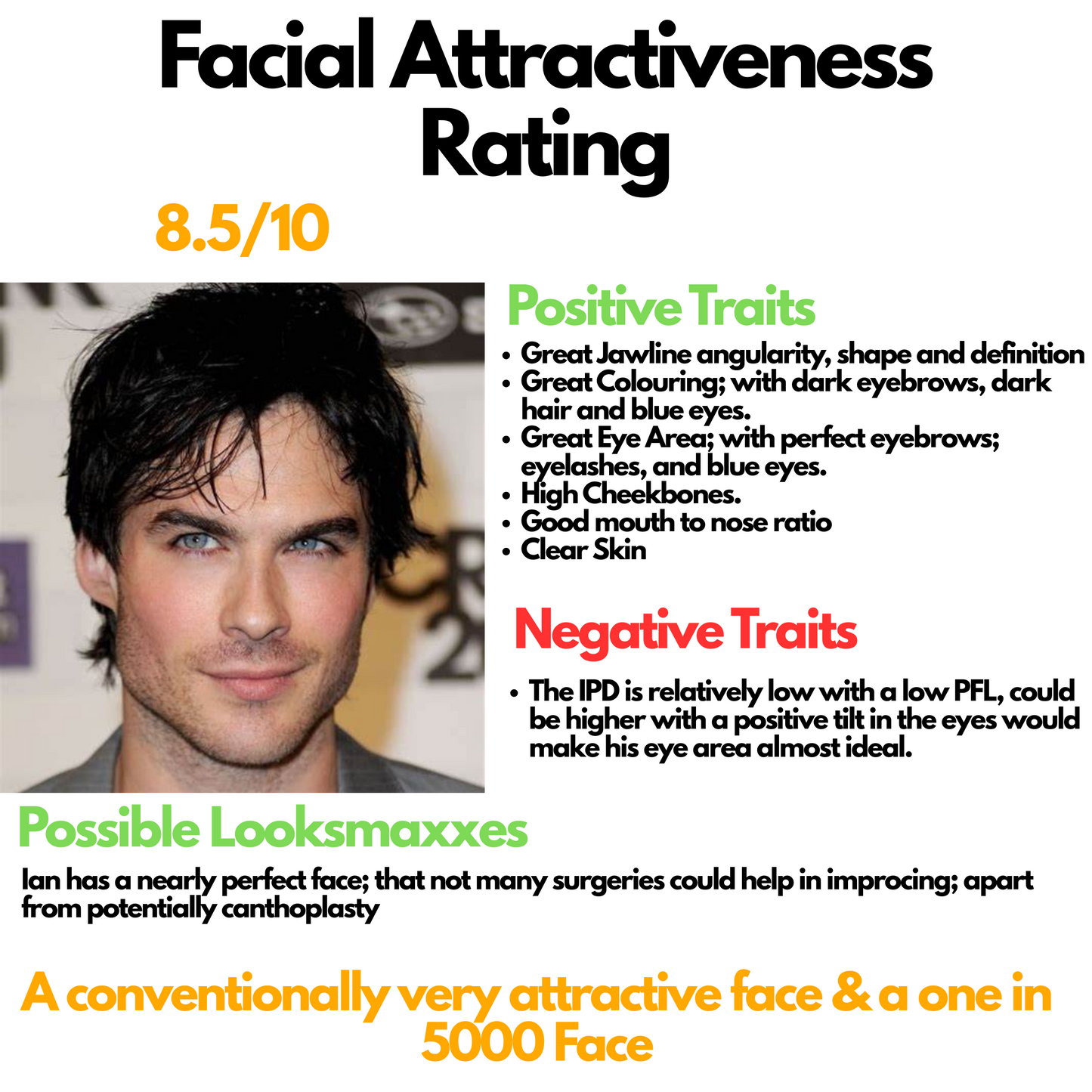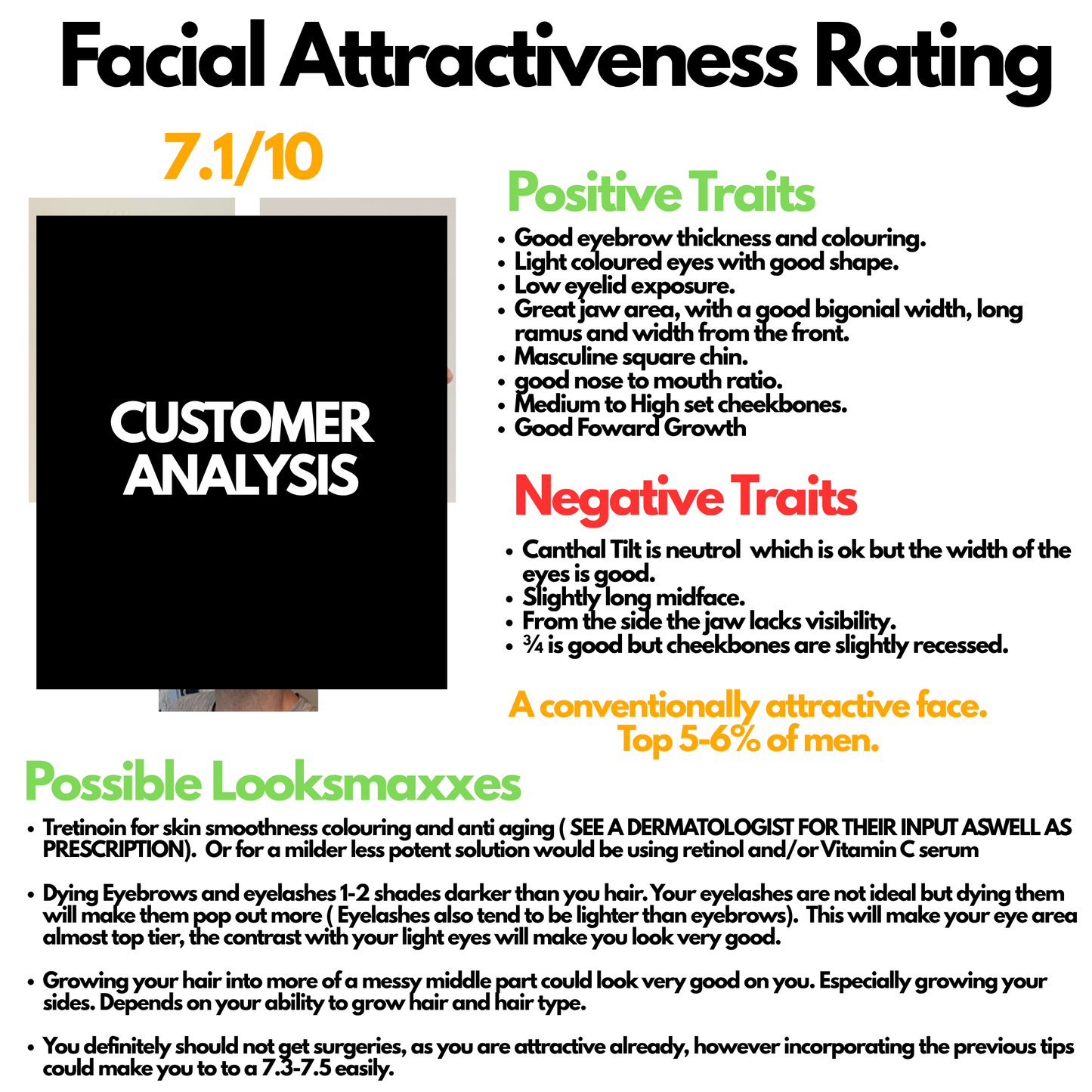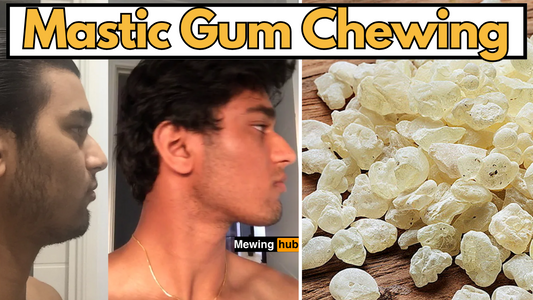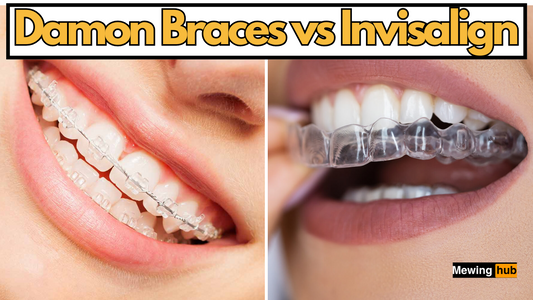The Complete Mewing Guide: Enhance Your Jawline and Facial Aesthetics
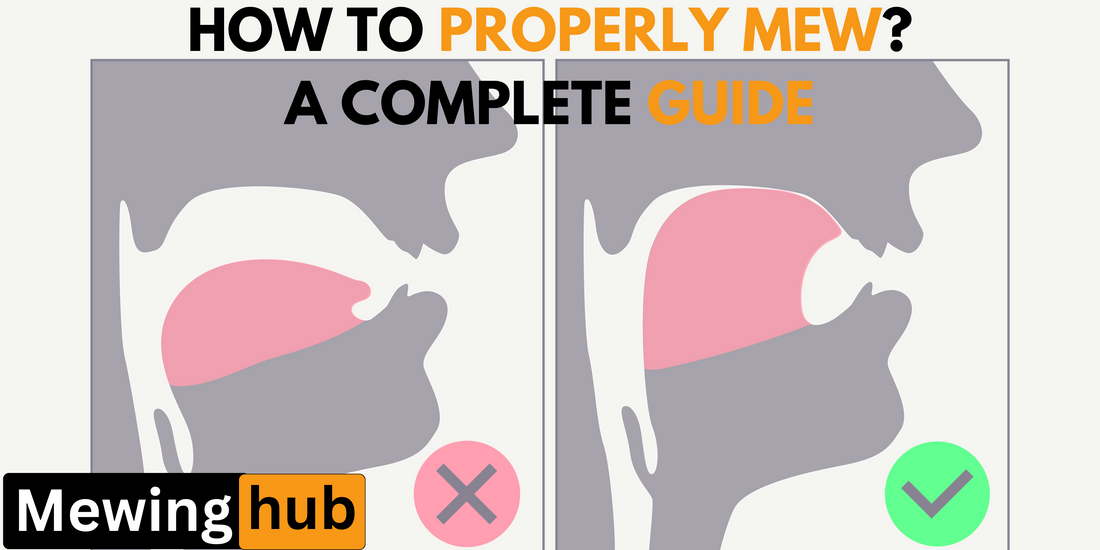
Share
Mewing, a technique pioneered by Dr. John Mew, has surged in popularity as a natural method for enhancing facial structure and achieving a more defined jawline.

What is Mewing?
Mewing, a practice gaining popularity in recent years, is a long-term technique for enhancing facial structure. Its core premise is that, over time, it can contribute to achieving a more defined jawline, prominent cheekbones, and a harmonious overall facial appearance. The concept challenges the notion that bone structure remains static and immutable throughout adulthood.
Understanding the Science of Mewing
The Skeptic's Journey
Initially, many people view mewing with skepticism, believing that genetics is the sole determinant of one's facial appearance.
This skepticism often arises from a limited understanding of bone biology and the adaptability of the human skeletal system. Contrary to the perception of bones as static structures, they are dynamic tissues.
In adults, bones are continuously undergoing a process of remodeling, with approximately 10% of the bone being replaced annually.
A Dynamic Reality
To appreciate the mewing concept fully, it's crucial to understand that bones are not mere fossils; they have a vascular supply and are engaged in the production of new cells from bone marrow. In simpler terms, bones in adults are malleable and can be influenced over time. This presents an opportunity for individuals to positively impact their bone structure, leading to facial improvements.
The Importance Of Age in Mewing
Age plays a role in the effectiveness of mewing. While it is possible to experience beneficial changes after the age of 25, it becomes progressively more challenging.
As we age, our skeletal system becomes less responsive to external influences. Therefore, individuals are encouraged to start mewing earlier to maximize its potential benefits.
Mewing Evidence: 3 Years of Mewing

There is a growing body of anecdotal evidence supporting the effectiveness of mewing. Numerous individuals have documented their progress through photographs and testimonials on platforms such as Lookism and YouTube. These personal accounts provide a compelling argument for the potential of mewing to transform one's facial appearance.
Scientific Foundations of Mewing
While mewing is still a relatively novel concept, it aligns with established scientific principles. These principles include the influence of tongue posture on facial bone growth, the capacity for adult facial bone adaptation, and the correlation between mouth breathing and malocclusion. Although limited research has been conducted directly on mewing, these foundational ideas lend credibility to the practice.
Age-Dependent Effectiveness

Mewing is most effective during younger years when the facial bones are more pliable and still developing. In children, the sutures of the face have not yet fused, allowing for postural changes to influence the positioning of facial bones.
This approach is known as orthotropics and is particularly beneficial for addressing craniofacial issues.
Mewing and Health
Beyond aesthetic enhancements, mewing also offers potential health benefits. Proper tongue posture and nasal breathing, central to mewing, can reduce the risk of conditions such as sleep apnea.
Sleep apnea, characterized by interrupted breathing during sleep, can have severe consequences for cardiovascular health.
Studies have shown a connection between sleep apnea and an increased risk of stroke and premature death. Therefore, mewing's influence extends beyond appearance, encompassing well-being.
The Simplicity of Mewing - Learning Mewing

Mewing, often misconstrued as a complex or esoteric practice, is relatively straightforward. It involves the conscious adoption of specific oral and postural habits to guide facial development:
1.) Straighten Your Posture: Maintain an upright back and neck, discouraging slouching or hunching.
2.) Lip Closure: Ensure your lips are sealed to prevent mouth breathing.
3.) Proper Dental Alignment: Position your teeth to touch lightly without clenching, as this offers support to the maxilla.
4.) Full Tongue Posture: Rest your tongue on the roof of your mouth, covering as much of the palate as possible. Emphasize the back portion, near the wisdom teeth. You need to learn the suction hold.
5.) Activate Muscles: Engage the muscles under your chin to promote tongue placement.
6.) Elevate the Hyoid Bone: Lift the hyoid bone in your neck by contracting surrounding muscles, facilitating proper tongue posture.
7.) Breathe Through Your Nose: Maintain nasal breathing, as this aligns with optimal health and posture.
Additional Techniques for Effective Mewing
- Tongue Posture Reminder: You are correctly mewing when your tongue rests effortlessly on the palate, even without conscious thought. To achieve this, practice consistently and use inanimate objects as reminders to check your tongue posture.
- Gradual Tongue Positioning: Starting from the back of the tongue and moving it forward is a helpful approach if you struggle with tongue placement. Begin with strong contact in the back and progress towards the front.
- Balanced Pressure: Ensure uniform pressure distribution on the palate to prevent facial asymmetry.
- Tongue Muscle Training: If the back third of your tongue finds it difficult to stay on the palate, focus on strengthening the hyoid muscles under your jaw to facilitate this placement.
- Mandibular Support: Remember that maintaining tongue posture with teeth lightly touching promotes optimal support between the maxilla and mandible.
- Steady Pressure: Avoid excessive force when mewing. Bone changes result from consistent, moderate pressure over time rather than intense, short-term pressure.
- Complete Tongue Coverage: Emphasize the importance of using the entire tongue to cover the palate, particularly the posterior portion.
- Gradual Progression: Duration is more significant than intensity when practicing mewing. If you find yourself applying excessive pressure, reduce it by half and focus on maintaining consistent tongue posture.
- External Triggers: Use everyday objects or activities as cues to practice mewing. Associate actions like opening a door or checking your phone with the practice of mewing to ensure regular engagement.
Learn All About Mewing with our
Mewing Mastery Guide

The Impact of Mouth Breathing

Mouth breathing is diametrically opposed to mewing, potentially leading to adverse effects on facial structure.
The natural downward movement of the mandible and maxilla caused by mouth breathing can result in a lengthened face.
It's essential to address any nocturnal mouth breathing, which often occurs while sleeping on one's back due to gravity.
The Posture Paradigm in Mewing

Proper body posture plays a pivotal role in supporting mewing efforts. The position of your pelvis and shoulders significantly affects head and neck posture.
An anterior pelvic tilt or slouched shoulders can encourage a forward head position.
Correcting these postural issues is crucial, as head forward posture can affect mewing's effectiveness.
Facial Posture for Mewing
In addition to head and neck posture, facial posture is equally important. Proper swallowing technique is also important in order to reduce the size of your overused cheek muscle, the buccinator. This involves applying a light pressure to the molars while swallowing.
The Role of Genetics in Mewing
While mewing can have a substantial impact on facial aesthetics, it's important to acknowledge the influence of genetics. Genetics significantly contribute to an individual's facial structure, and mewing is not a means to completely alter one's appearance. Instead, it works to enhance one's natural features.
Genetic potential refers to ones genes and the limits inflicted by their bloodlines genetics,
One can only get closer to their genetic potential via mewing, but will not be able to fully reach it.
Only people who have been mewing since they were kids can achieve their genetic potential.
The Importance of Chewing In Mewing

One element of mewing that people tend to get wrong is the lack of chewing they do. What you must understand is that we have evolved to use our jaw and jaw muscles less and less, through softer diets.
You want to be chewing hard foods frequently, in order to grow these muscles, and allow your face to slowly shift over time, as "muscle beats bone". Understanding and mastering chewing is a crucial aspect of mewing.
Chewing is a part of mewing, so don't you forget that. Chewing will help you grow your jaw muscles and achieve a wider and stronger jawline.
Holistic Aesthetics
Mewing can be integrated into a broader aesthetics-focused approach to personal development. This approach encompasses skin care, fitness, and other grooming routines, emphasizing the importance of a well-rounded regimen to achieve an improved overall appearance. By combining mewing with these other practices, individuals can take a comprehensive approach to their aesthetic goals.
Conclusion
Mewing is more than a passing trend; it is grounded in scientific principles and the adaptability of adult bones. Its potential to enhance facial aesthetics and promote overall well-being makes it a practice worth considering.
Remember that mewing is most effective when adopted early, but individuals of all ages can experience benefits.
Genetics play a significant role in your facial structure, and mewing aims to work with, rather than against, your natural features.
By maintaining commitment and consistency, you can embark on a transformative journey to a more refined and balanced facial appearance.


